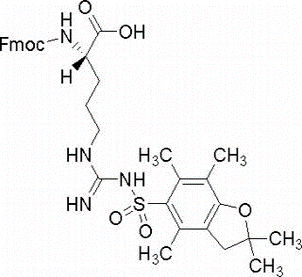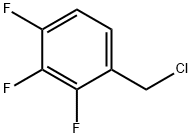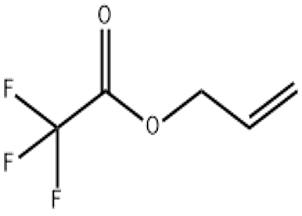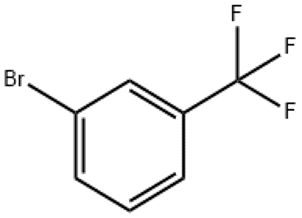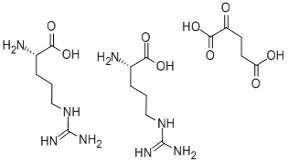FMOC-Arg(Pbf)-OH (CAS# 154445-77-9)
Risk and Safety
| Hazard Symbols | Xi – Irritant |
| Risk Codes | 36/37/38 – Irritating to eyes, respiratory system and skin. |
| Safety Description | S26 – In case of contact with eyes, rinse immediately with plenty of water and seek medical advice. S36 – Wear suitable protective clothing. |
| WGK Germany | 1 |
| HS Code | 2935 90 90 |
| Hazard Class | IRRITANT |
Introduction
The FMOC-protecting group is a commonly used amino acid protecting group that protects the amino functional group of arginine. The following is an introduction to some of the properties, uses, preparation methods, and safety information of the Fmoc-Protective Radical:
Quality:
The FMOC-protecting group is a removable protective group that protects amino amino groups. It can react with the amino group in arginine through esterification reaction to form Fmoc-arginine ester, so as to achieve the purpose of protecting the amino group. There are aromatic groups on the Fmoc-protecting group molecule that strongly absorb UV light, which allows the removal of the Fmoc-protective group to be carried out by UV irradiation or chemical methods.
Use:
FMOC-protecting groups are widely used in peptide synthesis and solid-phase synthesis. It can effectively protect the arginine amino group to prevent its side reactions during synthesis. In peptide synthesis, the Fmoc-protecting group can be removed by alkaline conditions, allowing the synthesis of polypeptides to proceed.
Method:
The Fmoc-protecting group can be prepared by the reaction of Fmoc-Cl and arginine. Fmoc-Cl is a strongly acidic reagent that reacts with the amino group in arginine to form Fmoc-arginine ester. The reaction is usually carried out in ethanol at room temperature to ice bath temperature.
Safety Information:
FMOC-Protective Radicals are safe to use under normal laboratory conditions, but the following should be noted:
- FMOC-CL is an irritating and toxic agent, care should be taken to avoid contact with skin, inhalation or ingestion. Work in a well-ventilated area and wear appropriate personal protective equipment.
- FMOC-Protective Base has the property of strong absorption of ultraviolet rays, so care should be taken to prevent direct contact with skin and eyes during use, and keep away from strong light sources.
- Strong acid hydrolysis protection such as pentafluorophenylcarboxylic acid (TFA) is often used during the removal of Fmoc-protective groups, and it is necessary to be aware that the vapor of TFA may cause damage, so it is necessary to operate in a well-ventilated area.


